BLOG
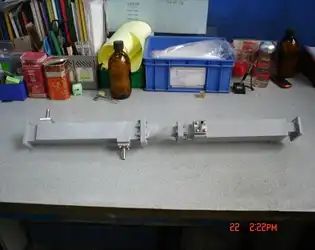
Are there standard sizes for Water-Cooled Twist Waveguides?
February 20, 2025
When it comes to high-power microwave transmission systems, understanding the standard sizes of Water-Cooled Twist Waveguides is crucial for system designers and engineers. Water-Cooled Twist Waveguides are specialized components that combine the functionality of traditional waveguide twists with advanced cooling capabilities. These components are manufactured according to international standards and specifications, typically following the WR (Waveguide Rectangular) designation system. The standard sizes range from WR-2300 to WR-28, with each size optimized for specific frequency bands and power handling capabilities. The incorporation of water cooling channels within these standardized dimensions enables these waveguides to handle significantly higher power levels while maintaining optimal performance.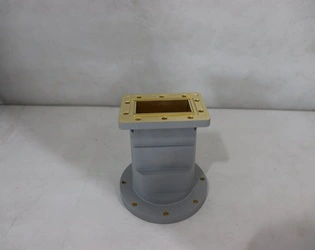
February 19, 2025
Understanding the key differences between circular waveguide transitions for low-frequency and high-frequency applications is crucial for optimal system performance in microwave communications. The fundamental distinctions lie in their design principles, manufacturing tolerances, and operational characteristics. Low-frequency circular waveguide transitions typically operate below 10 GHz and prioritize power handling capabilities, while high-frequency transitions operating above 10 GHz focus more on minimizing losses and maintaining mode purity. These differences significantly impact the design approach, materials selection, and overall system integration strategies.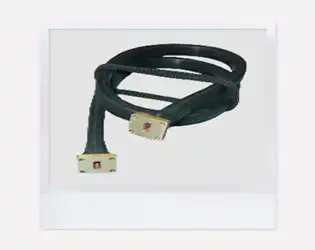
February 19, 2025
In the ever-evolving field of microwave technology, understanding the durability differences between flexible twistable waveguides and rigid waveguides is crucial for engineers and system designers. This comprehensive analysis explores how these two types of waveguides perform under prolonged stress conditions, examining their structural integrity, performance characteristics, and longevity in demanding applications. We'll delve into the specific advantages and considerations of Flexible Twistable Waveguide systems, particularly in high-stress environments where both bending and twisting capabilities are essential.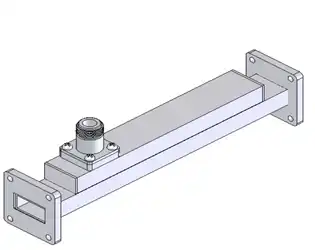
What Factors Affect the Performance of Waveguide Loop Couplers?
February 19, 2025
The performance of waveguide loop couplers plays a crucial role in modern microwave systems and communications infrastructure. These sophisticated components are fundamental in signal sampling, power monitoring, and various testing applications within microwave networks. Understanding the factors that influence their performance is essential for engineers and system designers to optimize their implementations. The effectiveness of a waveguide loop coupler depends on multiple critical parameters, including coupling strength, directivity, frequency response, and physical design considerations. This comprehensive analysis explores the key factors that significantly impact the performance of waveguide loop couplers and provides insights into their optimization for various applications.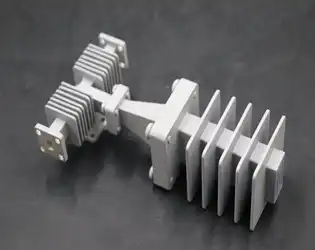
What are the main functions of Magic Hybrid Tee in microwave circuits?
February 19, 2025
The Magic Hybrid Tee, a fundamental component in microwave engineering, serves as a sophisticated four-port waveguide junction that combines the properties of E-plane and H-plane tees. This critical device plays an essential role in modern microwave circuits, offering unique capabilities in power division, signal combination, and phase manipulation. In this comprehensive analysis, we'll explore the primary functions and applications of Magic Hybrid Tee in microwave systems, focusing on its fundamental operational principles and practical implementations in various microwave applications, from radar systems to advanced communications equipment.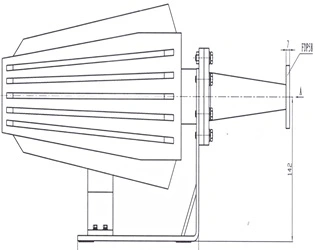
February 19, 2025
Understanding the relationship between impedance matching and signal behavior in waveguide systems is crucial for optimal microwave system performance. When dealing with waveguide unmatched terminations, the non-matching impedance creates complex interactions that significantly impact both signal reflection and transmission characteristics. This phenomenon is particularly important in high-frequency applications where precise control over signal behavior is essential for system efficiency and reliability. Let's explore the intricate dynamics of impedance mismatch effects and their implications for microwave system design.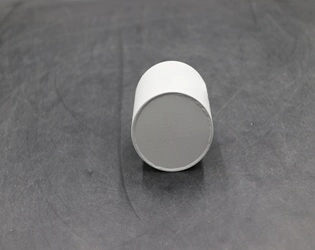
How does the spiral shape of a planar spiral antenna affect its frequency-response characteristics?
February 19, 2025
The relationship between a planar spiral antenna's geometric configuration and its frequency-response characteristics represents a fascinating area of antenna design that merits careful examination. The spiral shape fundamentally determines how the antenna interacts with electromagnetic waves across different frequencies, directly influencing its bandwidth, radiation pattern, and overall performance. Understanding these relationships is crucial for engineers and designers working in fields ranging from satellite communications to defense applications, where precise antenna characteristics are essential for system performance.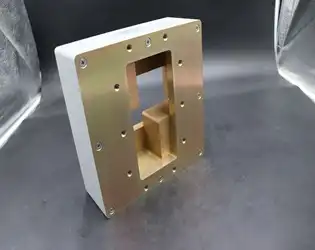
What are the Different Types of Waveguide Twists and How Do They Work?
February 17, 2025
Waveguide twists are essential components in microwave and RF systems that enable the manipulation of electromagnetic wave polarization and facilitate complex system layouts. These specialized devices allow for the rotation of the waveguide cross-section along its longitudinal axis, maintaining efficient electromagnetic wave propagation while changing the orientation of the electromagnetic field. Understanding the various types of waveguide twists and their operating principles is crucial for engineers and system designers working in satellite communications, defense applications, and aerospace industries.




